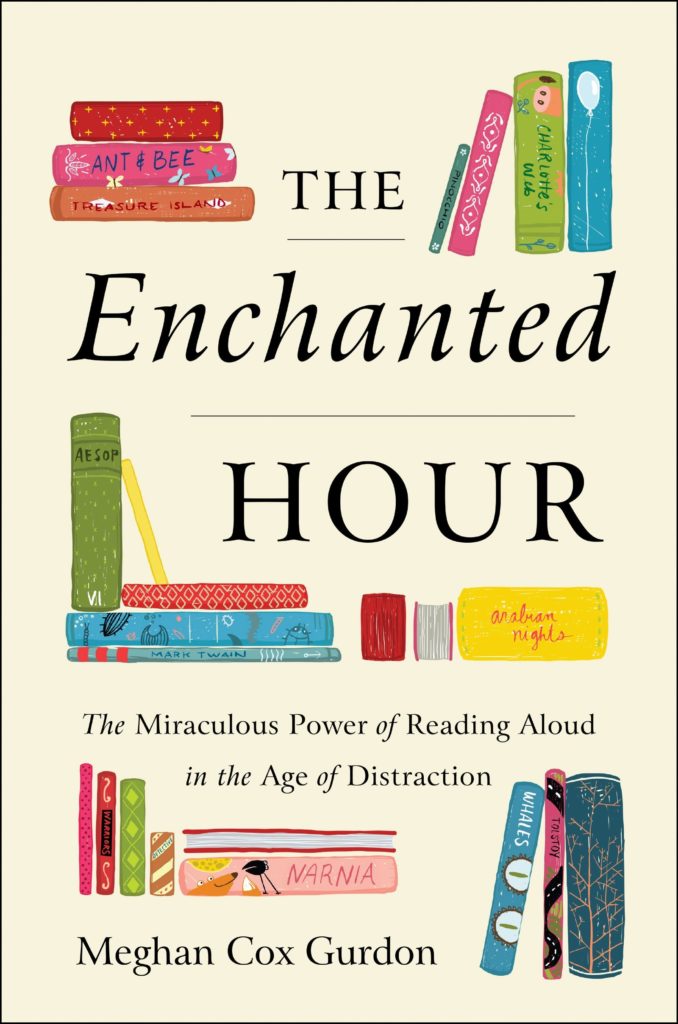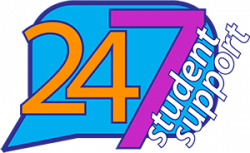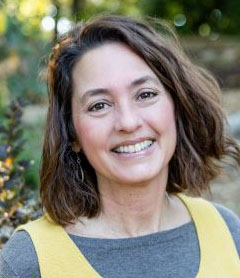
I love to read … and my rising first-grader is learning how to read … so lately I’ve been reading books about sharing the love of reading with kids.
*Cue the “Inception” music*
Before she was even born, I was designing my daughter’s life around books. For her baby shower, I didn’t want registry gifts … I just asked guests to bring their favorite childhood book. I knew a future library would have more long-term impact than newborn clothes and toys.
But showcasing cherished books throughout the house just isn’t enough.
So I’ve been testing some small habits to help instill a love of reading.
When I was a kid, my stay-at-home mom required I spend some quiet time in my room reading while my younger sisters napped. I devoured Ramona Quimby books and “The Baby-Sitter’s Club” series (which inspired my very real neighborhood babysitting business). These regular quiet times were effective, but enforcing this habit is a little harder for our family, so I found another trick to pilot this summer.
In “The Brave Learner: Finding Everyday Magic in Homeschool, Learning, and Life” author Julie Bogart mentions the bedtime rule she credits with a lifelong passion for reading. Each night, her mother allowed her to stay up as long as she wanted … as long as she was reading books.
So we’re trying something similar: My daughter must be in bed by 8:30 p.m., but she is free to read as long as she wants (with the help of a special flashlight especially for reading).
She’s a fledgling reader, so she still prefers reading together right before bed.
Another book on this topic: “The Enchanted Hour: The Miraculous Power of Reading Aloud in the Age of Distraction,” has inspired me to seek out books related to my daughter’s interests. I love themes (English major!) … theme parties, theme gifts … so I’m attempting to “theme” part of our summer around “The Wizard of Oz;” the film celebrates its 80th anniversary in 2019. She is signed up for Roanoke Children’s Theatre’s week-long camp: “Lions, Tigers, & Bears” in July. Before then, I’m hoping we’ll read the classic that inspired it all: “The Wonderful Wizard of Oz” by L. Frank Baum. I’m already dreaming up Oz-inspired ideas for the annual gingerbread house competition in Salem.
I really couldn’t believe an entire book was dedicated to the power of reading aloud … but “The Enchanted Hour” was eye-opening (and it’s available in Virginia Western’s Brown Library). We know reading with young children is powerful. That part was obvious. But author Meghan Cox Gurdon cites scientific research and numerous examples illustrating the magic of reading aloud to all ages. Examples include reading to folks who are recuperating in the hospital … military families who stay connected by reading books on video … and inspiring community college students by reading aloud in class.
I wanted to include the entire passage about Jane Fidler, who teaches remedial English for a Maryland community college. This is how she got students interested in fiction:
“Her classes were full of people who had slipped through the cracks of the public education system. Many of her students were working full-time as well as trying to get a degree. A few of them were combat veterans. A lot of them struggled. One of Fidler’s students, a young man who attended class through a day-release program, once came back from spring break without having done his homework because the prison where he lived had been on lockdown.
Most of her kids had never read a book all the way through before they go to community college, Fidler told me. “I say, ‘How did you pass high school?’ They say, ‘I just wrote papers on books without reading them.’ “
To get her students interested in fiction, Fidler decided to read them the juiciest, most accessible material she could find: salacious thrillers with short chapters and lots of action.
“In my lower development class, we read Sail, by James Patterson [and Howard Roughan],” Fidler said. “It’s a very sexy book about a woman whose husband cheats on her, and she remarries, and he wants to kill her, and my students love it.
“‘Okay,’ I’ll say, ‘take out Sail and we’re going to read chapter twenty-five.’ And I’ll read to them about how Peter Carlyle is two-timing his wife and playing around with his student, Bailey. One student said to me, ‘I was up until four in the morning, finishing this book where you left off!'”
Fidler uses her unorthodox textbooks to teach specific lessons. She gets her students to draw inferences about what’s going to happen to the characters. She explains vocabulary words. “I can help them focus on things that they would not have thought about if they read it on their own. And what I see happening is, when students get to the end of the book, they’ll turn the page and see, ‘Ooh, there’s another book by Patterson, and this one sounds interesting.’ This from kids for whom it is the first book they’ve read! That’s pretty good.” (p. 133-134)
I’d love to hear if you are reading aloud to students … if you have any tips for creating a reading habit … or if you just want to share a good book recommendation. Email me at sseagle@virginiawestern.edu.
— Stephanie Ogilvie Seagle, June 2019






 Shelley Lyons is glad to be back on campus as she is a Virginia Western alum, and has served as the Administrative Officer for Grants Administration at Virginia Western since early 2022. Prior to VWCC, her career focus was within the Human Services and Arts fields. She wrote her first grant in 1996 on a whim and has continued to plan and learn since that time. She most enjoys seeing a well-planned project come to fruition, where funder, project manager and beneficiaries can all feel success and see impact.
Shelley Lyons is glad to be back on campus as she is a Virginia Western alum, and has served as the Administrative Officer for Grants Administration at Virginia Western since early 2022. Prior to VWCC, her career focus was within the Human Services and Arts fields. She wrote her first grant in 1996 on a whim and has continued to plan and learn since that time. She most enjoys seeing a well-planned project come to fruition, where funder, project manager and beneficiaries can all feel success and see impact.